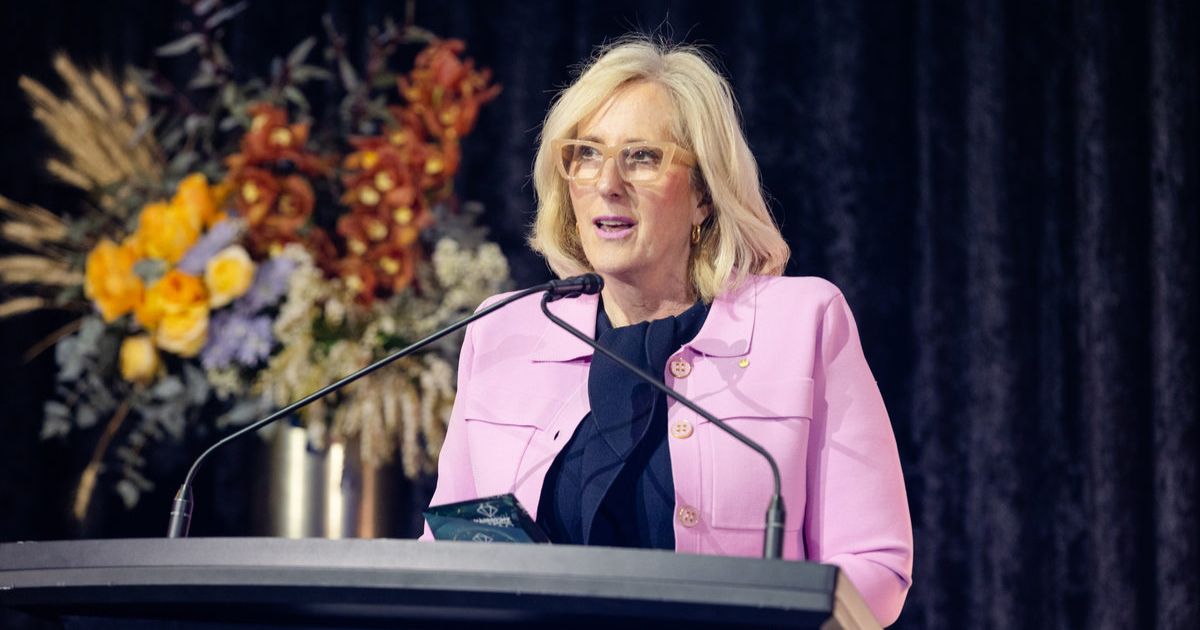Inquiry calls for local government rate cap review

The inquiry has called for the Essential Services Commission to conduct a review of the formula used to determine the rate cap, with several councils suggesting the current use of the Consumer Price Index (CPI) is inappropriate and inadequate. Photo: CITY OF GREATER BENDIGO
A PARLIAMENTARY inquiry into local government funding has called for a review into the way rate caps are calculated but has stopped short of suggesting the practice be repealed.
Rates serve as the largest source of revenue for the vast majority of councils across the state, but rate caps were introduced in 2016 to ensure a “measure of control” over the charges residents are required to pay in return for council services.
According to the Essential Services Commission, this has resulted, on average, in about 40 per cent of ratepayers experiencing a decrease in their rates, while about 44 per cent have seen an increase above the rate cap due to the way the rate cap is applied by their council.
During a series of public hearings, held between June and October, the inquiry heard from several councils about the growing challenges they face in meeting the demands of the community and remaining financially sustainable, as expenditure increases, and rate capping continues to restrict revenue.
This, many councils said, had significant implications for their ability to maintain infrastructure and provide services to the community.
Among the recommendations outlined in the inquiry’s report, tabled in Parliament on Thursday last week, is a call for the Essential Services Commission to conduct a review of the formula used to determine the rate cap, with several councils suggesting the present of the Consumer Price Index (CPI) is inappropriate and inadequate, as it does not fully reflect the costs councils face.
The City of Greater Geelong was one of several organisations advocating for a local government cost index that “accurately reflects the specific cost increases faced by councils” and ensures “fairer rate adjustments that align with financial realities” to instead be used to determine the rate cap.
Committee chair Georgie Purcell said of the three tiers of government in Australia, local government was in the most difficult position.
“It is the level of government that is closest to individual communities as it is drawn from people within the communities and provides services that, on a practical level, are very important to those local communities.
“At the same as meeting the needs of local communities, local government is extremely limited in its ability to raise revenue and thereby pay for the services that it is expected to provide.”
The impact of cost-shifting on local governments, in which the Victorian government adds responsibilities or changes the financial conditions of Victorian councils – often without consultation – was also a key focus of the inquiry’s recommendations.
The inquiry heard a number of examples where the proportion of government funding provided to local governments for vital services, including the school crossing supervisor program and the maternal and child health service, has declined.
Public libraries are among the services the Victorian government has failed to maintain its 50/50 shared funding agreement in, with councils, on average, now responsible for 80 per cent of the operational costs.
As a result, the inquiry has also recommended the Victorian Auditor-General investigate and report on the financial impacts of cost-shifting, and that the state government reinstate its shared funding agreements across key services.


















